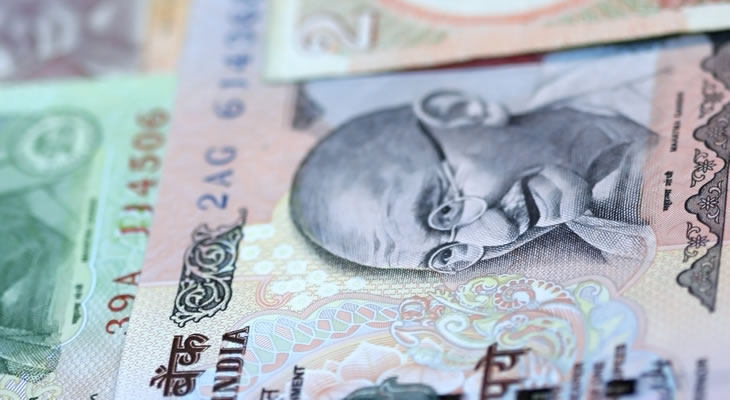Robust UK Services PMI Struggled to Shore up Pound Sterling (GBP)
India’s Services PMI proved a disappointment on Wednesday, failing to improve from 46.7 to 48.2 as forecast. This dented confidence in the outlook of the Indian economy, particularly given the recent turmoil prompted by the removal of high denomination Rupee (INR) notes from circulation. However, the Pound Sterling Indian Rupee (GBP INR) exchange rate struggled to particularly capitalise on this weaker showing, thanks to the general mood of market risk appetite and US Dollar (USD) weakness.
Confidence in the Pound (GBP) remained limited on Thursday morning despite the speedy appointment of a new EU ambassador, with Brexit-based jitters continuing to weigh on the currency. Although the UK Services PMI bettered expectations to clock in at 56.2, signalling robust sector growth, the GBP INR exchange rate failed to particularly strengthen in response. Investors remain concerned with the outlook of the economy, given rising inflationary pressures, leaving Sterling out of favour.
As James Knightley, Senior Economist at ING, noted:
‘We do worry that sentiment surveys have weakened and the situation is likely to deteriorate further as household incomes are squeezed by rising inflation. Furthermore, with Article 50 set to be triggered in the next three months the Brexit process will soon start in earnest and the uncertainty that this generates may see businesses choose to sit on their hands rather than look to expand and invest and hire new workers.’
GBP INR Exchange Rate Forecast: Weak US Payrolls Could Boost Rupee Appeal
With no major UK data set for release ahead of the weekend the GBP INR exchange rate could remain on a downtrend. Market speculation is unlikely to encourage demand for the Pound, particularly if the attitude of the government points to an increasing hard line on the issue of Brexit. As it seems unlikely that the Bank of England (BoE) will be moving to raise interest rates any time soon, in spite of the more optimistic commentary of some policymakers, Sterling should remain biased to the downside.
Demand for the higher-yielding Rupee could be volatile in response to the latest US Non-Farm Payrolls report, which is predicted to show a slight increase in the domestic unemployment rate. Any softness here could encourage the Fed to take a more cautious view of monetary policy, even if further monetary tightening remains high probability over the course of the year. However, if this encourages a renewed uptrend in oil prices then the GBP INR exchange rate could find some support.
Current Interbank Exchange Rates
At the time of writing, the Pound Indian Rupee (GBP INR) exchange rate was trending narrowly at 83.60, while the Indian Rupee Pound (INR GBP) exchange rate was trending in the region of 0.011.


Comments are closed.